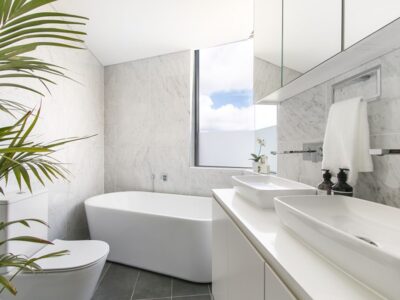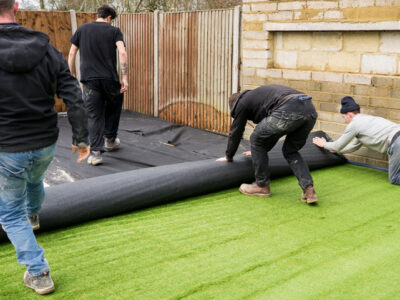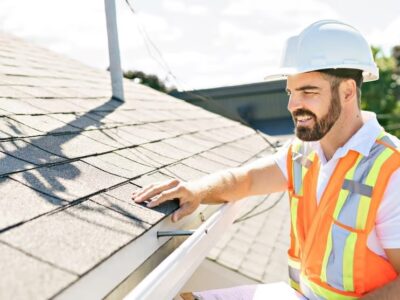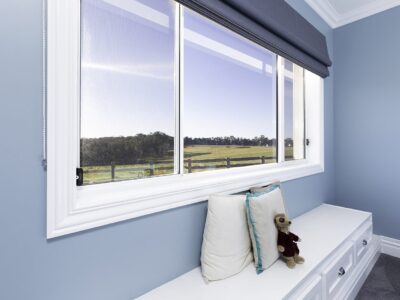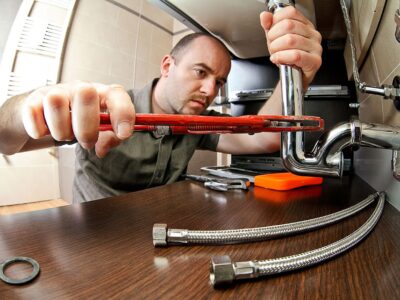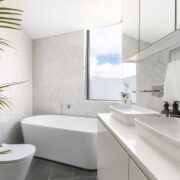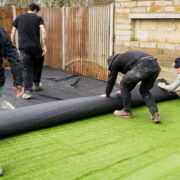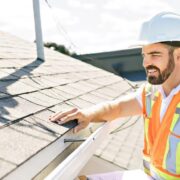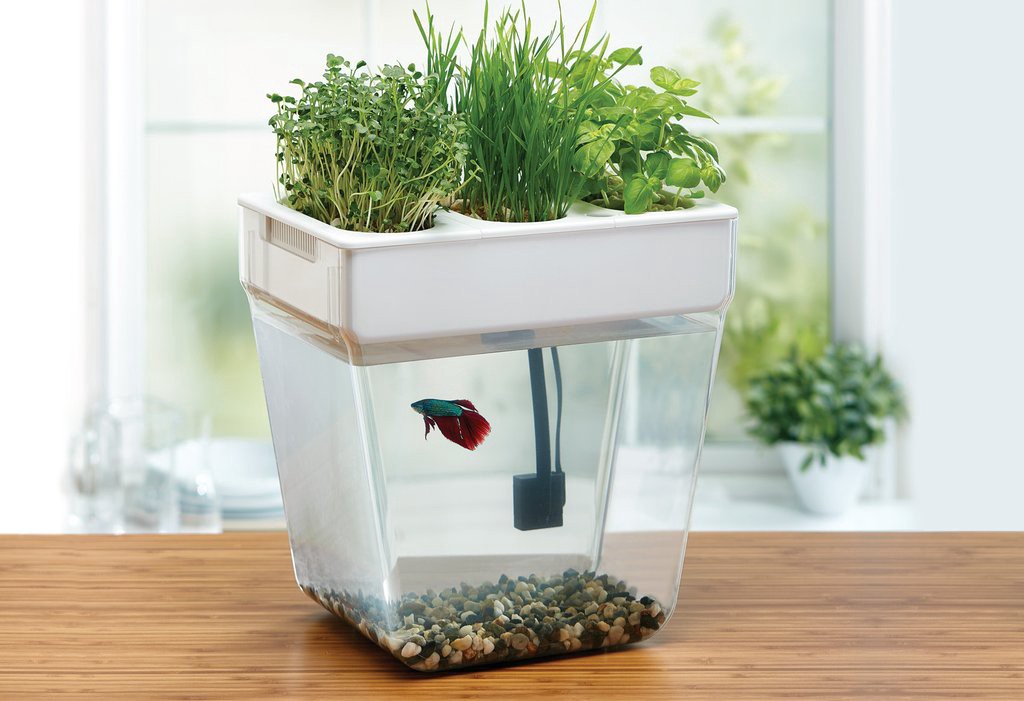
If you are a fan of hydroponics, chances are high that you must have also heard about aquaponics. So, what is aquaponics? Aquaponics is a mix of hydroponics and aquaculture. In simpler words, plants and fishes are grown together in a system, in a way that one benefits the other. In aquaponics, grow beds serve as bins for raising plants, which get their nutrition from wastes of fishes, which transforms into ammonia and nitrates when released in water. The plants take the waste, purify the water, which is beneficial for the fishes. If you are interested in aquaponics, here is a basic overview that may come in handy.
Selecting fishes and plants
To succeed with aquaponics, you have to be careful with both your gardening and aquaculture skills. Expectedly, you cannot have all sorts of fishes, but only selected ones, especially the varieties that thrive in varied water conditions. The growth cycle of the fish varieties also matters, because you need to have fishes that can grow fast. Some of the common choices include barramundi, trout, snails, shrimps, and more commonly, tilapia. To feed the fish, you can select what’s natural for them in general. There are guides on how to select food for fishes in aquaponics.
Coming to the veggies and plants, you need to select ones that don’t need a lot of nutrients to thrive. Basically, these can grow in minimal conditions, and when it comes to veggies, only small varieties can be considered. Some of the best plants for aquaponics include selected decorative varieties, kale, spring onion, mint, selected herbs, and lettuce. The size of your aquaponic system also determines what you can grow and what you cannot. For instance, it is possible to grow veggies like beans and cruciferous veggies, but you need a bigger system.
pH matters
Just like pH is a relevant term in aquaculture, it is also important for aquaponic. For most aquaponic systems, a pH level between 6.8 and 7.2 is considered to be ideal. This is the precise reason why you cannot select plants that need too acidic or too alkaline conditions to survive. For many systems, using pH adjusters is more than necessary, because you don’t want the fishes to die, or the plants to not get necessary nutrients. Aquaponics requires the grower to check the pH level of the system every single day, without fail.

Selecting grow beds
Mostly, grow beds for aquaponics are made of materials like plastic and fiberglass, while wood is also used. Whatever you use, grow beds need to be chemically inactive, or else, your fishes will die. Sanitation is another important factor that needs attention, because if you don’t maintain the system, fishes and plants will suffer.
It is best to do some initial research when it comes to setting up an aquaponic system. The good news is there are many guides with all steps that can help you select products required, besides deciding on fishes and plants. You have to be 100% committed to maintaining your aquaponics system.
Author Bio – Born in northern California, John Key (AKA Garden Sherpa) has 23 Years experience in the field of horticulture, gardening, building and servicing irrigation, landscape design and installation.

